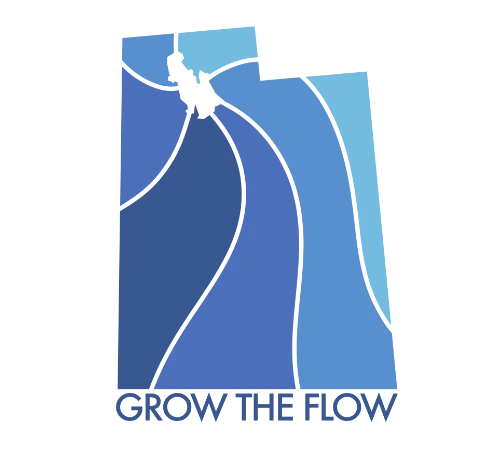While living in Utah, I’ve often heard people refer to the state as one huge desert. While deserts certainly cover large sections of Utah, the Wasatch Front is actually a semi-arid region–an important distinction. The primary difference between deserts and semi-arid areas lies in the amount of annual precipitation. Deserts receive less than 10 inches of moisture each year while semi-arid regions can get up to a whopping 20 inches.
Along the Wasatch Front, including Salt Lake City, we receive between 15-20 inches of precipitation annually, resulting in a semi-arid climate.
And it should come as no surprise, Great Salt Lake and it’s lake-effect storms play a major role in creating the moderate climate we live in. This role, however, has been previously unquantified and underappreciated.
In a paper published on June 3, 2024, researchers from Utah State University analyzed Great Salt Lake’s impact on the local climate, and more specifically, annual precipitation. Their results are sobering.
The researchers found “in the event of complete disappearance [of Great Salt Lake], the regional average precipitation would experience an approximate 50% reduction relative to its 2004 base lake extent.” Before the last two significant snow years, the Lake was modeled to disappear in five years.
In other words, annual precipitation would be cut in half. This reveals a critical cycle: as the lake dries, precipitation decreases and less precipitation results in less water flowing back to refill the lake. Less precipitation will create unpredictable water supplies across Northern Utah, impacting farmers’ ability to grow crops and sidelining the continual, sustainable growth of our state.
If we continue to live beyond our means and let Great Salt Lake disappear, previous misconceptions about climatic designations of the Wasatch Front as a desert would become a remarkable, self-fulfilling prophecy.
However, this research does not leave us without reason to hope. If a drying lake yields decreased precipitation, then the opposite must be true. A wetter lake brings with it more precipitation and a safer future. Nature may be willing to work with us if we take serious action soon.
The trade-offs that must be made by all Utahns should not be seen as a sacrifice, but rather, an investment in the future of our home. Our best chance to save our saline lake starts now!
Join us in this effort by becoming an ambassador for Great Salt Lake today!
